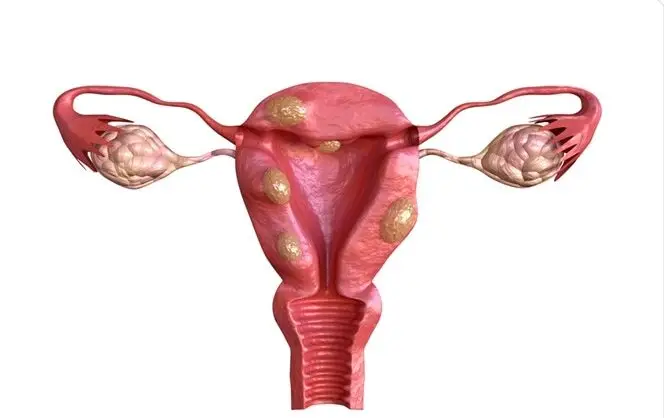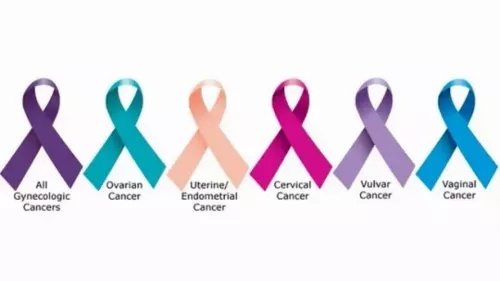Uterine fibroids are typically diagnosed through a combination of medical history, a pelvic examination, and imaging studies. Here’s an overview of the diagnostic process:
- Medical History: The healthcare provider will begin by taking a detailed medical history, including questions about menstrual patterns, symptoms, and any relevant family history of fibroids or other reproductive conditions.
- Pelvic Examination: A pelvic examination is performed to assess the size and condition of the uterus. During this exam, the healthcare provider can often detect the presence of fibroids and evaluate their size and location.
- Imaging Studies: Several imaging studies may be used to confirm the presence of uterine fibroids and provide more detailed information about their size and location. Common imaging modalities include:
- Ultrasound: Transvaginal or abdominal ultrasound may be used to create images of the uterus and identify the presence, size, and location of fibroids.
- MRI (Magnetic Resonance Imaging): MRI can provide detailed images of the uterus and fibroids, helping to determine their characteristics and differentiate them from other conditions.
- Hysterosonography (Sonohysterography): This involves injecting sterile saline into the uterus before an ultrasound to enhance visualization of the uterine cavity and detect submucosal fibroids.
Blood Tests: Blood tests may be conducted to check for conditions such as anemia, which can result from heavy menstrual bleeding associated with fibroids.
- Hysteroscopy or Endometrial Biopsy (if needed): In some cases, a hysteroscopy or endometrial biopsy may be recommended to rule out other potential causes of symptoms or to further evaluate the uterine lining.
- Differential Diagnosis: The healthcare provider will consider other conditions that may present with similar symptoms, such as adenomyosis or ovarian cysts. The diagnostic process aims to distinguish between different reproductive health issues.
- Assessment of Symptomatic Impact: It’s important for the healthcare provider to assess the impact of fibroids on the individual’s quality of life, considering factors such as pain, heavy bleeding, and fertility concerns.
- Discussion of Symptoms: The patient’s reported symptoms, such as pelvic pain, abnormal bleeding, or pressure, are essential in the diagnostic process. Open communication with the healthcare provider helps tailor the approach to individual needs.
Once the diagnosis is confirmed, the healthcare provider can discuss appropriate treatment options based on the size, location, and symptoms associated with the fibroids. Treatment may range from conservative measures for managing symptoms to more interventional options, depending on the individual’s circumstances and preferences. Regular follow-up and monitoring may also be recommended to assess changes in the fibroids over time.
Discover personalized and expert care for uterine fibroids with Dr. Kausha a dedicated Fibroid Specialist in Borivali. As a leader in women’s health, Dr. Deepika provides comprehensive evaluations, advanced diagnostics, and tailored treatment plans to address fibroids and enhance your well-being.




